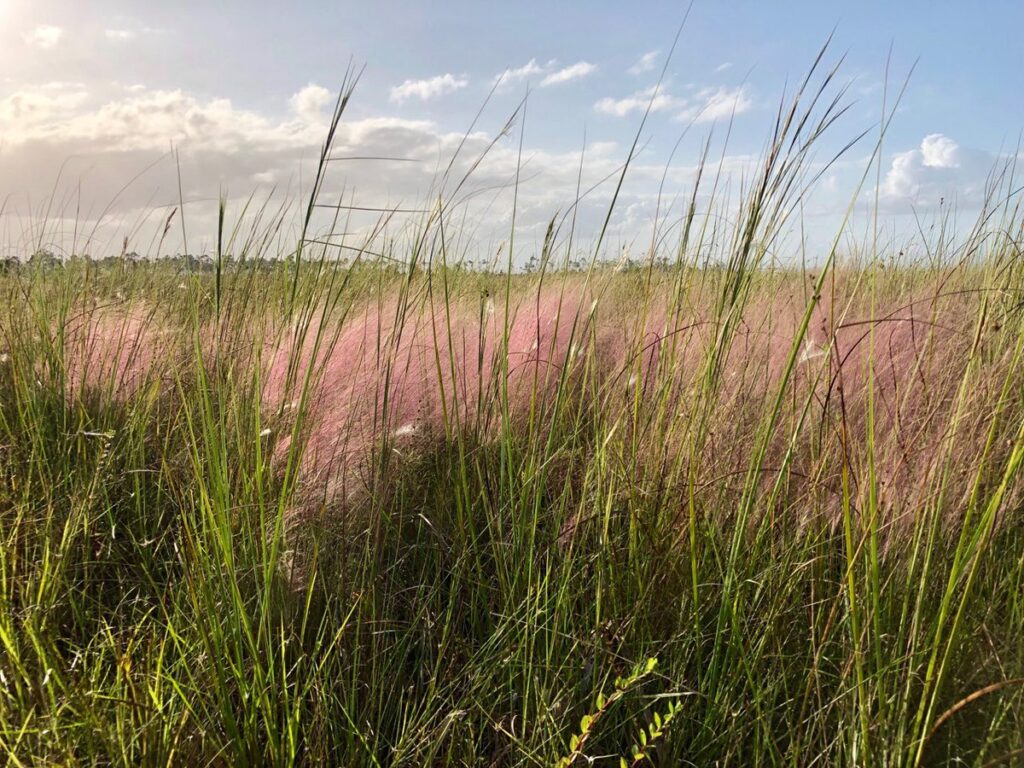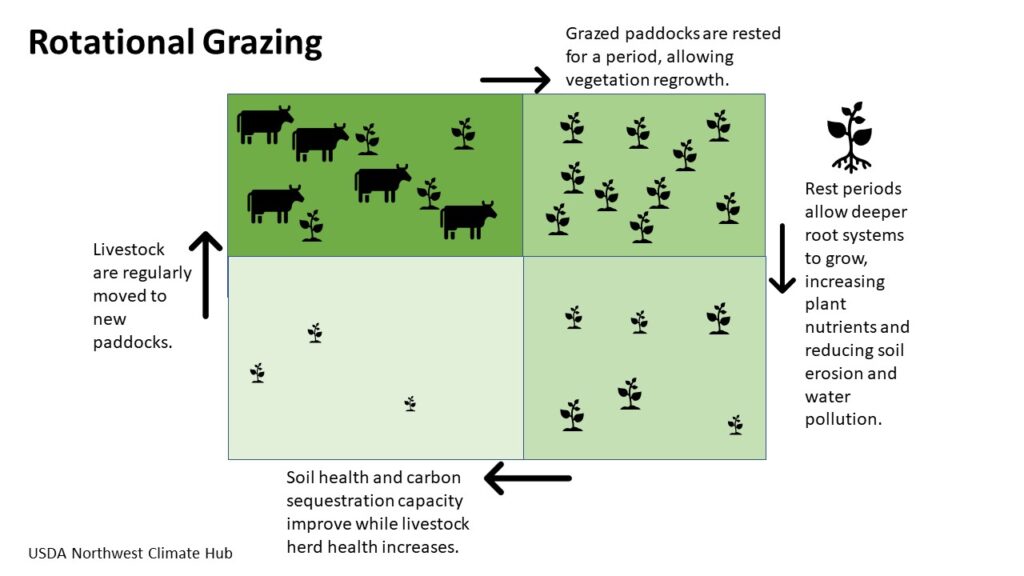Dr. Lynn Sollenberger is a Distinguished Professor of Forage Crops in the Department of Agronomy at the University of Florida. Recently, he kicked off a webinar series about Grazing Land Management and Soil Carbon that’s sponsored by several agencies within the U.S. Department of Agriculture (USDA). Archbold’s Buck Island Ranch, University of Florida is also a partner in this effort.
Click here to sign up for this 11-part webinar series.
Goals and Grasslands
The title for Dr. Sollenberger’s presentation, “The language of grazing lands research”, captured his four goals for the webinar.
- Explain why correct and standard terminology is important in science.
- Explore the specific challenges of grassland science terminology.
- Provide examples that show the importance of standard terminology.
- Suggest a source to guide the way forward.

Why Terminology Matters
A standard terminology is critical to communicating scientific concepts, but grasslands scientists have been slow to standardize communications. For example, when Dr. Sollenberger reviewed 100 academic papers about grazing, he found that grasslands terminology was highly variable among scientists and even inconsistent within the same report. That makes reports confusing and “uncitable”, he said.
Rotational Grazing vs. Rotational Stocking
The synonymous use of “rotational grazing” and “rotational stocking” provides a specific example. As Dr. Sollenberger explained, the part that’s rotational is not the way that animals graze. Rather, it’s how animals are stocked on a pasture. “Mob stocking” and “strip stocking” are terms that also cause confusion because some researchers include a short or long rest period in their definitions.
Grasslands and Forage Mass
“Rotational stocking,” the term the University of Florida professor prefers, also needs a supporting vocabulary. Dr. Sollenberger suggested “forage mass”, which can be applied to two sampling events. The first occurs when animals leave a paddock they’ve grazed. The second occurs when animals return to this same paddock. “Forage accumulation” is then the difference in forage mass.

Intense Confusion
There’s also confusion about intensity. Terms such as “management intensive grazing” and “high intensity, short duration grazing” both sound compelling, but their specific practices remain ill-defined. “How do you measure grazing intensity?”, Dr. Sollenberger asked rhetorically. Is it a function of pre-grazing height, pre-grazing forage mass, or something else? There’s also a term called “adaptive grazing”, but what is the farmer or rancher adapting to?
Communicating a Solution
The solution to these and other challenges, the University of Florida professor suggested, is “an international terminology of grazing lands and grazing animals”. The next webinar in this series is scheduled for Monday, August 5th at 1:00 PM ET and will consider whether grazing has a neutral or positive effect on soil carbon in Florida. The presenter is Elizabeth (Betsey) Boughton of the Archbold Biological Station.
Go Natural will summarize her presentation in a future article, but click here to sign-up and join in.